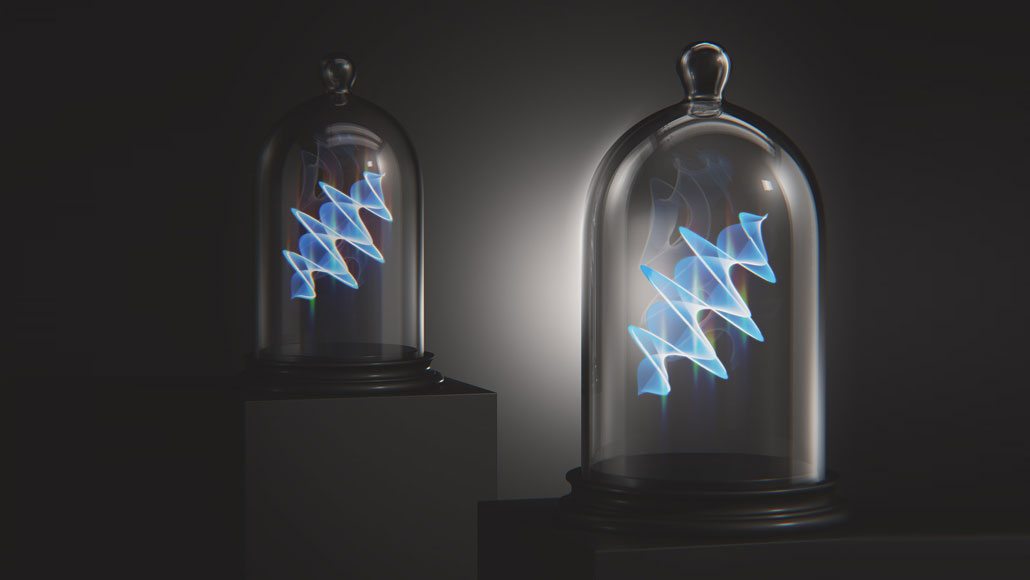
Regular old quantum teleportation wasn’t enough for scientists. So they’ve kicked it up a notch.
Previously, physicists had teleported qubits, or quantum bits of information. Just as a standard bit in a desktop computer has two possible values, 0 or 1, a qubit has two possible states. Now scientists have moved on, reporting in the Aug. 16 Physical Review Letters that they’ve teleported qutrits, which have three possible states. Both qubits and qutrits have the weird quantum property of being able to exist in multiple states at once. But while a qubit can represent 0 and 1 at the same time, a qutrit can be a combination of 0, 1 and 2.
In quantum teleportation, rather than sending objects from one place to another in Star Trek fashion, the properties of a quantum particle are transferred to another, distant particle (SN Online: 7/7/17). Until now, those properties could only be binary. For example, a particle of light, or photon, could be made to take one of two paths through a device — or both at once — and the information about which paths the particle took could be transferred to another particle.
In the new study, the team teleported the properties of photons that had three possible states: The particles could have taken three different paths — or all three at once. Because qutrits carry more information than qubits, the technique could be a boon for quantum communication. Scientists are preparing for a future quantum internet that would use quantum particles to securely send information (SN: 10/15/16, p. 13).
Researchers have also previously teleported two different properties of a particle at once (SN: 3/21/15, p. 14). By improving and combining these techniques, scientists might eventually be able to completely reproduce a particle in another location.
But — sorry, Trekkies — even that would still be a long way from beaming up Scotty.
Source: Physics - www.sciencenews.org


